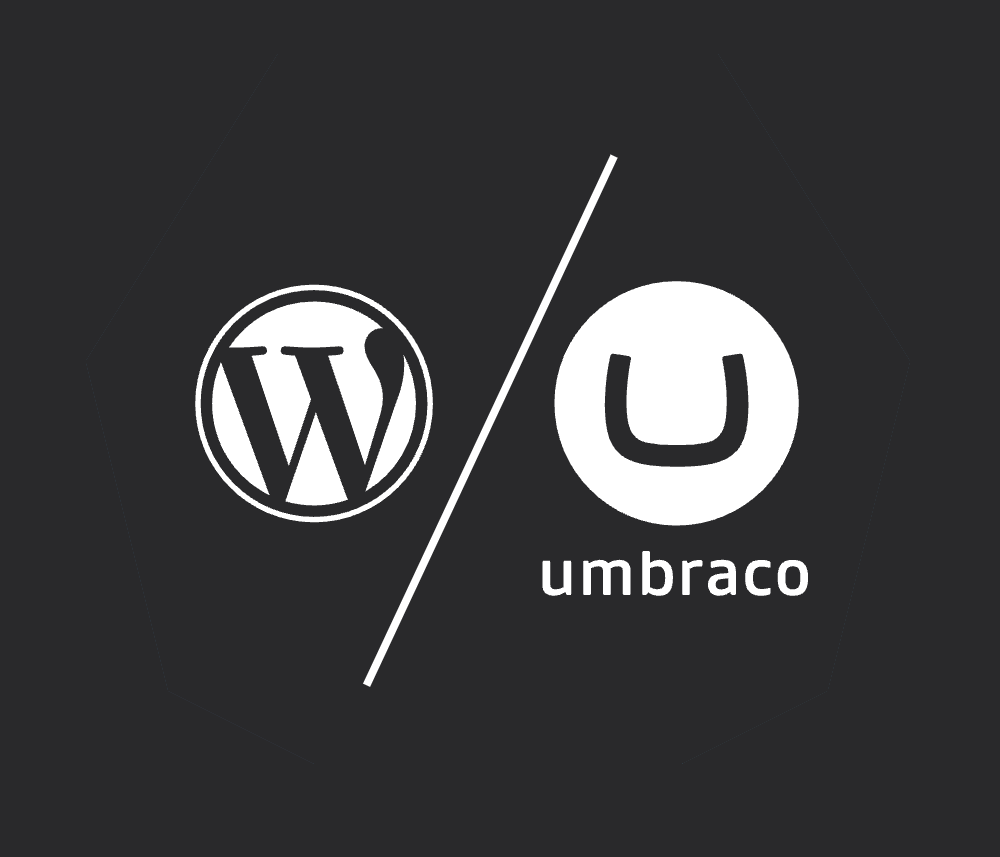Who should handle what website issues? Learn how to avoid falling into the gap between your hosting and development partners.
When it comes to maintaining websites, there are two areas of concern: development and hosting. Hosting takes care of the physical servers on which a site resides and from which it communicates with the outside world, and development handles the software code that runs the site, ensuring it is operating correctly. This arrangement makes sense, since hardware and software are separate concerns and require people who are proficient in different areas of expertise to manage, but there is often a bit of a grey area in between the two camps, and clients can be stuck in the middle, unsure whether something should be handled by their hosting or development partners.
Since site issues which fall into this grey area are often overlooked, we want to help you figure out how to avoid this. But first, let’s look at the difference between hosting and development to understand what exactly is handled by each team:
Where Is the Boundary?
What we describe as “hosting” handles everything from the level of IIS (Internet Information Services, which allows a computer to communicate with other computers via the Internet) down to the basic hardware. This includes the physical servers, operating systems, databases, data storage, network connections, firewalls, etc. The hosting partner handles the basic equipment that runs a website and ensures that it can connect to the internet, performing regular maintenance such as operating system updates and database backups.
Development goes in the other direction, covering everything from IIS “up”. The development team manages the website code, including any programmatic site updates, site design changes, or triage of any site issues.
If you think of the physical hardware as being at the ground level and the internet as being in the clouds, IIS is the boundary between the two, marking the point of separation between hosting and development concerns. However, there are still some ways in which there can be some overlap between the two areas, and when you don’t know which team is supposed to handle certain tasks, this can leave a void in the areas of support you need as a client.
This can be especially true for sites which utilize a Content Management System (CMS), since the development team will often manage a site’s code, but not the CMS platform itself, and the hosting team will ensure the hardware is running correctly, but not provide support for the CMS. If you have issues with the CMS software, which team handles them? And what about upgrades or patches to the CMS? Who makes sure those are installed?
How do You Fill the Void?
Partnering with a company that offers both hosting and development services is a good way to ensure that you won’t get stuck in the middle, unsure about which of your partners should handle issues with your site or CMS. A Managed+ Hosting Package, such as those offered by Diagram, can include CMS upgrades within your hosting plan, making sure that your CMS software is up to date and any outstanding issues are being addressed. A managed+ package can cost more per month, but the expenditure is worthwhile, since taking advantage of the features provided with each CMS update (such as Ektron’s Content Marketing Platform) is a great way to increase your ROI.
However, there can still be an additional gap even with a managed+ hosting package, since CMS upgrades can sometimes cause issues with site functionality due to foundational changes within the CMS software. In these cases, a site’s development team will need to perform post-upgrade remediation to resolve any of these issues caused by the upgrade. This is another reason to partner with a company that offers both hosting and development services, since these teams will be able to work together to be aware of any issues and resolve them quickly.
The size, complexity, and requirements of websites can vary drastically, so this means that a one-size-fits-all package that includes both hosting and development services is not readily available. However, at Diagram, we want to do our best to offer the best hosting and development services to our clients, eliminating as many of the gaps between these areas as possible. We strive to cultivate services which offer the most comprehensive website support, allowing you to focus on your business strategy, not site updates. Do you have any questions about how our combination of hosting and development services can streamline your website and help you meet your business goals? Please contact us to speak with our hosting and development experts, or feel free to leave a comment below.
Image Credit: www.uberoffices.com
Related Posts

What Does Umbraco 7 End of Life (EOL) Mean for Your Website?
Diagram's Chris Osterhout explores the details of Umbraco 7's end of life and what to consider when planning your CMS upgrade.

Umbraco Cloud vs WordPress
Discover why Umbraco outshines WordPress with superior support, security, and a hybrid CMS architecture, offering a meticulously vetted, versatile platform for modern web development.
Results Matter.
We design creative digital solutions that grow your business, strengthen your brand and engage your audience. Our team blends creativity with insights, analytics and technology to deliver beauty, function, accessibility and most of all, ROI. Do you have a project you want to discuss?
Like what you read?
Subscribe to our blog "Diagram Views" for the latest trends in web design, inbound marketing and mobile strategy.

